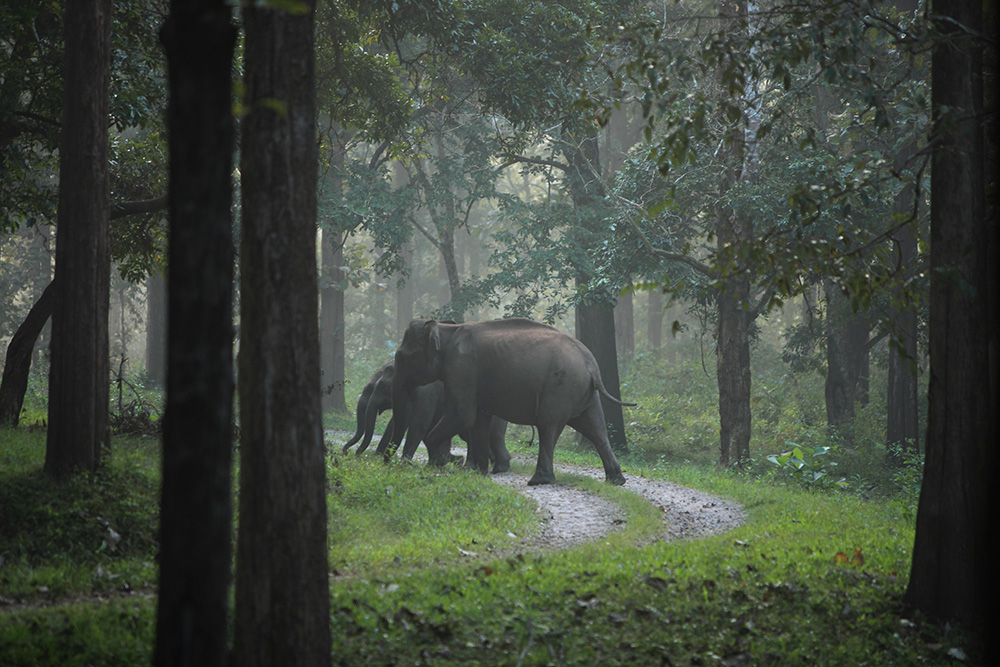

Tholpetty Wildlife Sanctuary, nestled in the verdant landscape of Wayanad, Kerala, is a part of the Wayanad Wildlife Sanctuary. This enchanting destination has an intriguing history and plays a significant role in India's wildlife tourism. Let's delve into the past and understand the sanctuary's journey into becoming a sought-after wildlife haven.
The region where Tholpetty is located has always had a dense coverage and has historically been home to various indigenous tribes who lived in harmony with nature. However, formal recognition and conservation efforts began much later in the 20th century. The sanctuary, as it stands today, is a part of the Wayanad Wildlife Sanctuary, which was established in 1973 under the Wildlife Protection Act of 1972.
The strategic location of Tholpetty, sharing its borders with the protected areas of Nagarhole and Bandipur of Karnataka to the northeast and Mudumalai of Tamil Nadu to the southeast, provides continuity and a vast combined wildlife reserve forming an integral part of the Nilgiri Biosphere Reserve.
Initially not as forthright in its approach to tourism, Tholpetty and its surrounding areas comprised primarily of untouched forests and living spaces for indigenous tribes. As conservation efforts took hold, the potential for tourism began to grow. Striking the balance between conservation and visitor engagement, the Kerala Forest Department started regulated tourism services, which included guided treks and jeep safaris enabling visitors to witness the rich biodiversity without causing disruption to wildlife.
In time, Tholpetty became a significant asset to Kerala's responsible tourism initiatives, embodying ecotourism principles by offering educational and sustainable wildlife experiences that support conservation and benefit local communities.
In recent years, there has been a concerted effort to enhance eco-friendly tourism, with visitors increasingly seeking authentic and sustainable travel experiences. Tholpetty has responded by offering options such as:
Today, Tholpetty continues to uphold its commitment to conservation while adapting to tourists' evolving preferences. As an enthralling destination, the sanctuary is renowned not only for its biodiversity but also for its role in promoting ecological and cultural sustainability.
Tholpetty Wildlife Sanctuary remains a testament to the beauty and power of wild India. For those traveling through Kerala, it offers an unforgettable glimpse into the wildlife and the history of conservation within this captivating southern Indian state. As tourism trends lean toward the eco-conscious, Tholpetty stands ready to provide an experience that is both thrilling and enlightening, ensuring its place in the hearts of travelers for years to come.